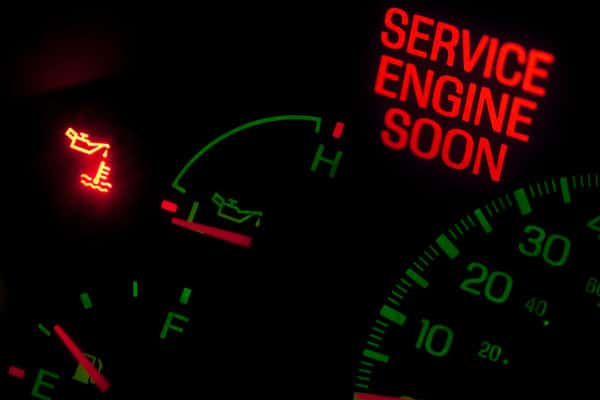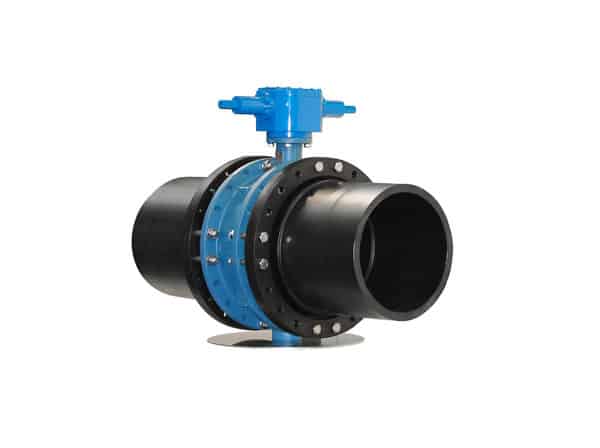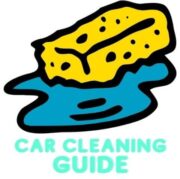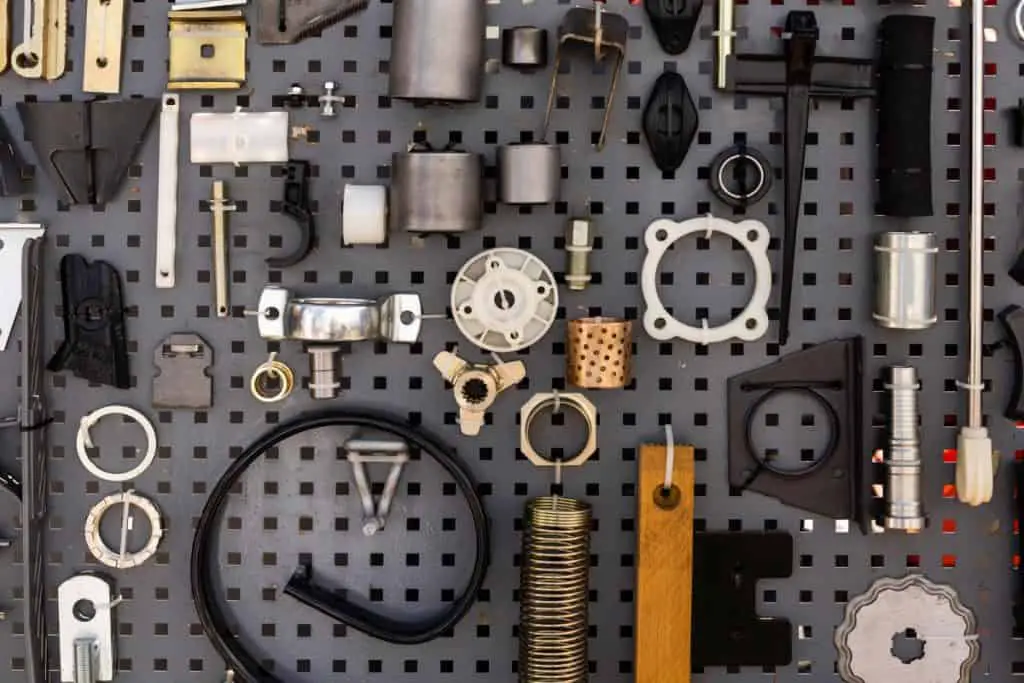Last Updated on July 20, 2023 by Chase Manhattan
Fortunately, canister purge solenoid valves can be easily cleaned at home. No professional assistance necessary, for most people at least. It doesn’t require much technical knowledge, just a little bit of research that you’re doing here!
Before attempting any kind of repair, it’s important to understand how canister purge valves function, and then how to fix it when it’s dirty or broken. So, lets get into it.
edited and vetted by:
- How to Clean Car Carpets Quick and Easy - July 10, 2024
- Can You Touch Up Clear Coat? Yes and No (Here’s Why) - November 25, 2023
- How To Wax A Car By Hand: A Comprehensive Guide - November 14, 2023
Quick Navigation
How Does a Charcoal Canister Purge Valve Work
In short, the purge valve is a vital part of the emissions system that acts as a relief for fuel vapors that have built up in the vehicles EVAP system. This purge valve is controlled by an electrically operated solenoid.
The longer version, the canister purge valve is an emissions control component that captures exhaust gases inside a small charcoal canister that neutralizes the gases and then releases them into the engine at the best time. These fuel vapors are then further filtered by the catalytic converter. The purge solenoid valve receives signals from the car’s computer that dictates when it opens and closes the valve.
As I mentioned, modern cars use an electrically operated component, that we’ve just discussed, to open and close the purge valve. This solenoid is an important component because the purge valve cannot be controlled through manual methods. This component, with help from the engine control unit, identifies when excess exhaust gases have left the combustion chamber and determines when to activate the purge flow.
So that brings us to the question…
[Necessary Information: Symptoms Of A Bad Gas Cap]
How Does the EVAP System Work
As a whole, the EVAP system, also known as the vehicle’s evaporative emission control system, serves a similar purpose to the purge valve itself but is made up of other components like:
- the charcoal canister (evap canister)
- charcoal canister purge valve
- purge solenoid valve
- the gas cap
- the car’s computer
- the fuel tank
There are many other sensors and electrical components involved in the EVAP system, but these are the primary physical components to be aware of.
Among these, the canister purge valve and purge solenoid valve will be your primary points of failure.
The car’s computer is included in the EVAP system because the car’s computer illuminates the check engine light when there is an issue with any of the other components.
As a more general overview of the EVAP system, it’s important to understand the circuit type nature of the system.
Fuel vapors are built up in the fuel tank, and exhaust gases are developed in the combustion chamber, so where do they all go? This is the importance of vehicle evaporative emission control (EVAP) systems.
[How To Clean A Catalytic Converter]

Signs Of A Bad Purge Solenoid Valve
The symptoms of a bad purge valve will present themselves in many different ways, where it’s dirty, failing, or just a clogged purge solenoid valve, and will also present the same symptoms as driving with a bad purge valve.
Signs of a faulty purge solenoid valve include engine problems like:
a rough idling
A purge valve that is stuck open or closed will cause the car to have a rough idle because there will be a vacuum created in the fuel system. This is more likely to occur at low rpms, but can also cause a difficulty starting.
check engine light
A valve that is stuck open, or closed from a bad purge solenoid valve, will cause the ECU (engine control unit) to illuminate the check engine light. The engine computer monitors the car’s air fuel ratio and the fuel vapors the car’s engine is emitting, amongst other things.
difficulty starting
As I briefly mentioned before, a vacuum leak – or excess vacuum – can create a hard start scenario. This is because your car will not be able to push fuel through the fuel system if it is blocked by an abnormally located vacuum.
bad gas mileage and performance issues
If purge solenoid valves fail or are stuck open, you’ll notice that your vehicle will experience high fuel consumption. This scenario causes several components, one being the engine control module (ECM), to dump more fuel into the system – more than is needed – which is known as running rich. This will get worse once the engine is fully warmed. You can tell that your car is rich from excess fuel vapors or occasionally the engine computer will illuminate the check engine light, and of course the obvious decrease in gas mileage.
Smell of Excess Fuel Vapors
If the canister purge valve fails entirely, or is stuck open, the car will begin to dump excell fuel into the cylinders during the combustion process. This will create what is known as a “rich condition”, which is when there is too much fuel being added to the air/fuel mixture. This will create some of the symptoms described above, but predominantly a smell of fuel vapors around the car when it is running.
So, now that we understand the signs of a bad purge solenoid valve..
[How to Fix a Rusty Exhaust Pipe]

Where Is The Purge Solenoid Valve Located?
You can find the purge solenoid valve by finding the location of the evap canister. Depending on the model of your vehicle, this will either be under the hood or by the fuel tank.

How To Clean Purge Solenoid Valve
If canister purge valves fail, you’ll often notice a vacuum leak if it’s stuck open, and an excess vacuum if it’s stuck closed. It’s advisable to test the purge valve to determine the case. In either case, the purge valves and the purge solenoid valve can often be fixed with just a cleaning. We’ll go into more detail below, but the general steps to clean a purge solenoid valve are as follows:
[How To Clean An o2 Sensor On A Car]
- Locate the purge solenoid valve
- Spray the solenoid with mass air flow sensor (MAF) cleaner
- Disconnect the solenoid and shake it to release any stuck contacts
- Apply contact cleaner to the solenoid
- Blow dry with compressed air, or leave to air dry completely.
Testing and Cleaning Reference Video
When following these steps, it’s best to first locate the solenoid and take a picture of the surrounding area so that you can be sure that you’re reassembling the components in the right way.

Mass air flow sensor cleaner is designed to be used on intake sensors, so it is safe to use here as the purge valve, and its solenoid, are subjected to many of the same conditions.
If there are stuck contacts, the solenoid will either be activating the purge valve at all times – creating a vacuum leak – or it will be stuck inactive which will cause a build up of fuel vapors in the fuel tank and elsewhere in the system. This is why it’s recommended to apply another round of contact cleaner.
Lastly, allowing the solenoid to dry completely is to ensure that there are not any shorts inside upon reassembly. If shorts are present, this will often involve taking your vehicle for repair at your local certified mechanic.
If all else fails, it’s an option to bypass the purge valve entirely.
Frequently Asked Questions
How Do I Get Rid Of The Check Engine Light
Often times, the vehicle will turn off the light by itself but can occasionally require a certified mechanic to clear the codes, as they say. What do I mean by clear the codes? Well, when the check engine light is on the vehicle temporarily stores codes which can be read through the OBD port. This is an essential part for mechanical diagnostics when the car is in for repair because there are often common error codes that a mechanic will see. For example, if the vehicle leaves evap codes the mechanic can determine the general location of the issue.
Why Does My Car Have A Rough Idle
A rough idle is usually the first sign of a faulty purge valve. A bad valve will create a vacuum leak which causes the erratic idle, or in layman’s terms, there is an uneven flow of air coming into or escaping from the car. This creates an uneven detonation in the combustion chamber, which creates a rich condition that we discussed earlier.
How Do You Replace A Purge Valve
As I mentioned earlier, it’s best to photograph the purge valve and its surrounding area, so that you can be sure that it’s reassembled correctly. Otherwise, it’s typically a plug and play affair following the instructions we’ve outlined here. Make sure that you have a clean purge valve before moving towards replacement.
Why Does My Purge Valve Act Erratically
A purge valve that is working inconsistently can sometimes be caused due to inconsistent battery voltage. This can happen from a weak battery, and can easily be identified if your battery voltage stays the same when the car is running at regular speed.
What’s The Purpose of a Purge Valve
The purpose of a purge valve is to regulate the flow of excess fuel vapors. Additionally, it serves as a recycler of these vapors by recirculating these unused vapors back into the intake manifold for use during the combustion process.




